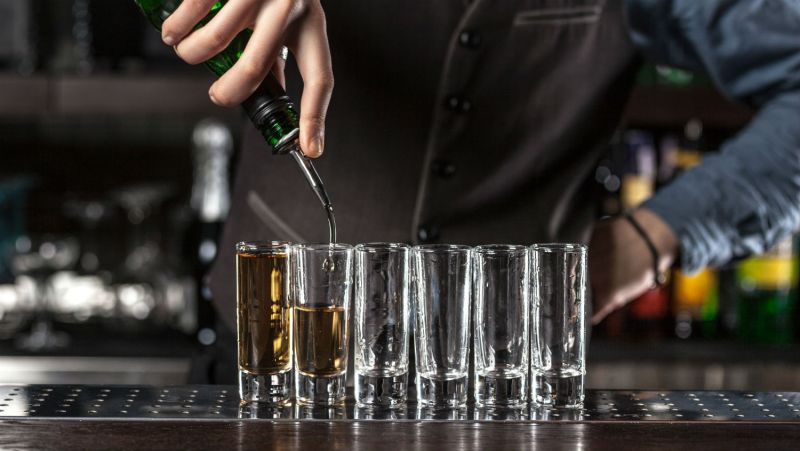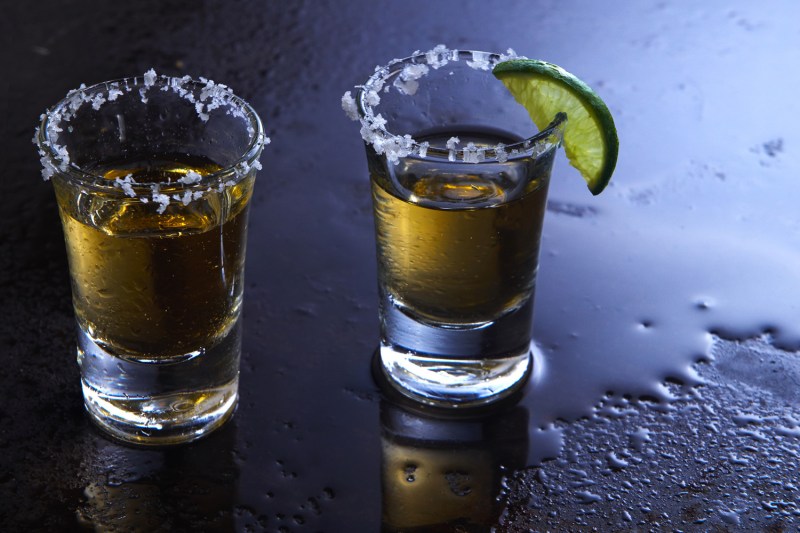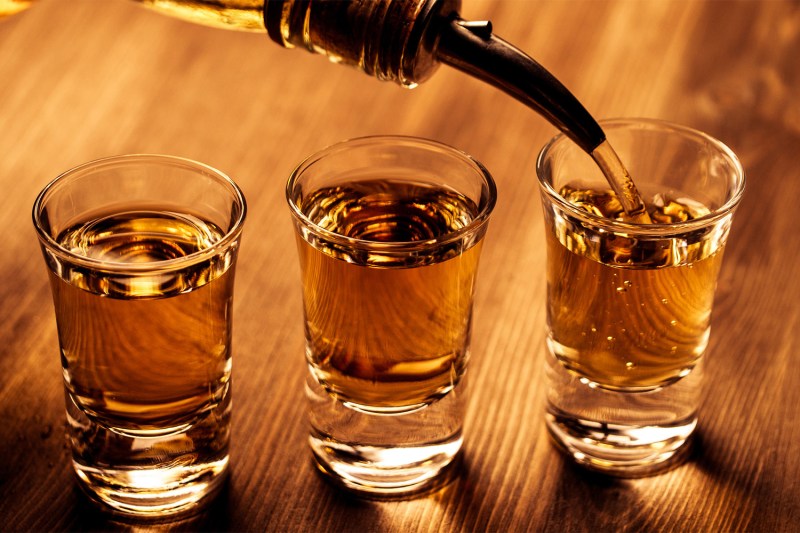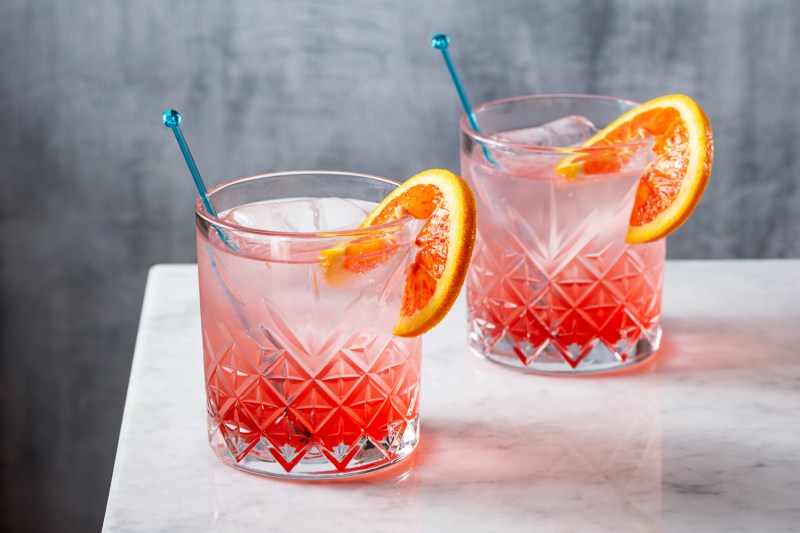If you’ve ever hosted a get-together or a whiskey tasting, you’ll want to know how much alcohol to purchase. I know all about the dread involved in hosting friends and family members only to run out of whiskey, rum, or gin long before the event is over.
I’ve purchased a handful of bottles and mixers to enjoy while everyone watches an NFL playoff game, only to realize that I’d need to make a trip to the liquor store at halftime or risk a revolt from thirsty football fans.
Your guests can drink beer, wine, or even seltzer water. But there’s something special about enjoying a glass of whiskey or a delicious cocktail at a party. This brings us to one crucial question: How do you avoid a catastrophe like the one I encountered? How much alcohol do you need to keep your guests happy and buzzed? Figuring out how many bottles of alcohol to purchase might seem like an overwhelming task.
But there are ways to figure it out using a little math. And when it comes to liquor, there’s no better bang for your proverbial buck than a handle. But how many shots are actually in the bottle? Keep scrolling as we break it down for you, so you can worry about the football game score instead of the number of bottles of booze on your bar cart.
What is a handle?

A handle of liquor is a large bottle of alcohol that contains exactly 1.75 liters. This is about half a gallon, more than twice the average size of a standard liquor bottle. If you’re throwing a big party, handles are the cheapest option in terms of cost per ounce, and they’re the most convenient option for a large gathering.
As you might imagine, this type of bottle gets its name from the included handle, which makes it easier to carry the bottle. Nowadays, some 1.75-liter bottles don’t include the traditional handle, but they’re still referred to as handles. Best of all, they’re available in all your favorite types of alcohol. Whiskey, vodka, and rum all come in handle sizes. Just pick your poison and enjoy. Responsibly, of course.
How many ounces in a shot

Figuring out the number of ounces in a basic shot is more difficult than it seems. While there are differences based on the size of the shot glass and which country you’re in, the size of the shot varies between 1.5 ounces and 2 ounces. Sother Teague, beverage director at Amor y Amaro and well-known cocktail author, says that it might be closer to an ounce.
“If I’m doing a shot — literally putting in a glass and taking it down — it’s going to be an ounce, because that’s about all you can fit in your mouth at one time,” Teague told Men’s Journal. We’ll just go right down the middle and consider a shot to be 1.5 ounces.
How many shots per handle?

One handle = 1.75 liters
If you’re still cringing at the thought of doing math, take a deep breath and remember you’re an adult now. No need to ask Mr. Davis if you can use your calculator. So here we go:
Joe bought a handle of vodka at the liquor store and invited his friends over for shots. The handle had 1.75 liters of vodka. One liter equals 33.814 ounces. Each shot glass was 1.5 ounces. How many shots did Joe and his friends chug? Round your answer to the nearest shot.
This is definitely more fun than your average middle-school word problem. You don’t need to be a math whiz to figure this one out:
If 1 liter equals 33.814 ounces, then 1.75 liters is the same as 59.1745 ounces. Divide that by 1.5 and you’ve got a total of 40 shots. Good thing Joe has tons of friends because 40 shots is a lot.
How big is your shot glass?

The size of your shot glasses is key to figuring out how many shots or drinks you can get out of a handle. Shot glasses come in different sizes, but 1.5 ounces is what you’ll get when you order a shot at a bar.
If you’re not sure about the size of your own shot glasses, it’s a good idea to check before you buy your handles. Some shot glasses are as small as 1.25 ounces, and others are as big as 2 ounces. Once you’ve confirmed the size of your shot glasses, you can adjust the calculations as needed.
How many handles do you need?

The answer to this question depends on how much your friends drink and how many of them are invited to the party. If you’re having 40 pals over, each could get one shot from a handle. But who has just one shot at a party? If your friends have an average of three drinks, you’ll need to get at least three handles — maybe one more, just to make sure there’s enough to go around. After all, it would be disappointing to cut the party short because you ran out of booze. And nobody ever wants to be that guy.
Tips for mixed drinks

Of course, not everyone at the party will want to do shots. Some may prefer refreshing cocktails or classic drinks. But this doesn’t mean you need to buy a ton of alcohol, either. If you’re unsure how many handles you’ll need, it’s time to do some math again. Sorry.
You already know a handle has just under 60 ounces of liquor. Knowing this information also lets you figure out how many cocktails you can make. Since most recipes call for 2 ounces of alcohol, you should be able to make approximately 30 drinks from one handle.
Now that all your math knowledge is coming back to you, it’s easy to apply the same logic to your mixers. No need to buy a ton if you won’t use them all. Just check the total number of ounces in your bottle of mixer and then see how many ounces your recipe calls for. This will let you know how many drinks you can get from a bottle of mixer.
If all this math is making you thirsty, it’s time to get your handles and reward yourself for the hard calculation work. But remember, you’ll have to subtract the ounces you drink from the total number of shots you’ll have for the party. And if your head’s already spinning, it’s probably not the math.
How many standard drinks are in a handle?
There are 40 1.5-ounce shots in a 1.75-liter handle of liquor. Most cocktail recipes need 2 ounces of alcohol, for a total of 30 drinks per handle.
How many standard bottles are in a handle?
One handle of alcohol has 1.75 liters of liquor or 1,750 ml. The most common size for a liquor bottle is 750 ml. This means that one handle is equal to 2.3 standard bottles.
What are the sizes of alcohol bottles?
Alcohol bottles come in a variety of sizes. The standard is 750 ml, which is also known as “a fifth” because it is one-fifth of a gallon. Other common alcohol bottle sizes are 50 ml, 100 ml, 200 ml, 375 ml, 1 liter, and 1.75 liters.
What is the difference between a fifth and a handle?
A handle is 1.75 liters or 1,750 ml. A fifth is 750 ml or one-fifth of a gallon.
Where can I get a handle of alcohol?
Handles are pretty common. Most of the time, they’re available for purchase at your local supermarket, liquor store, or warehouse store. Online retailers also sell handles of your favorite spirits and deliver them right to your home.
Are there alcohol bottles bigger than a handle?

That’s a question asked by someone throwing a big blowout.
Yes, believe it or not, there are alcohol bottles bigger than a handle. They’re not as common, but they do exist, and they have some epic names.
Let’s start with the next size up from a handle, the Balthazar. According to Liquor Laboratory, the Balthazar, which is mostly for special occasions, contains 12 liters of alcohol. Because we like you, we did the math for you, and that comes out to a whopping 270 shots per bottle. But that’s tiny compared to its big brother, the Nebuchadnezzar. This behemoth, which is generally used for Champagne, comes in at 15 liters, or 338 shots per bottle, which is enough for one heck of a party.




